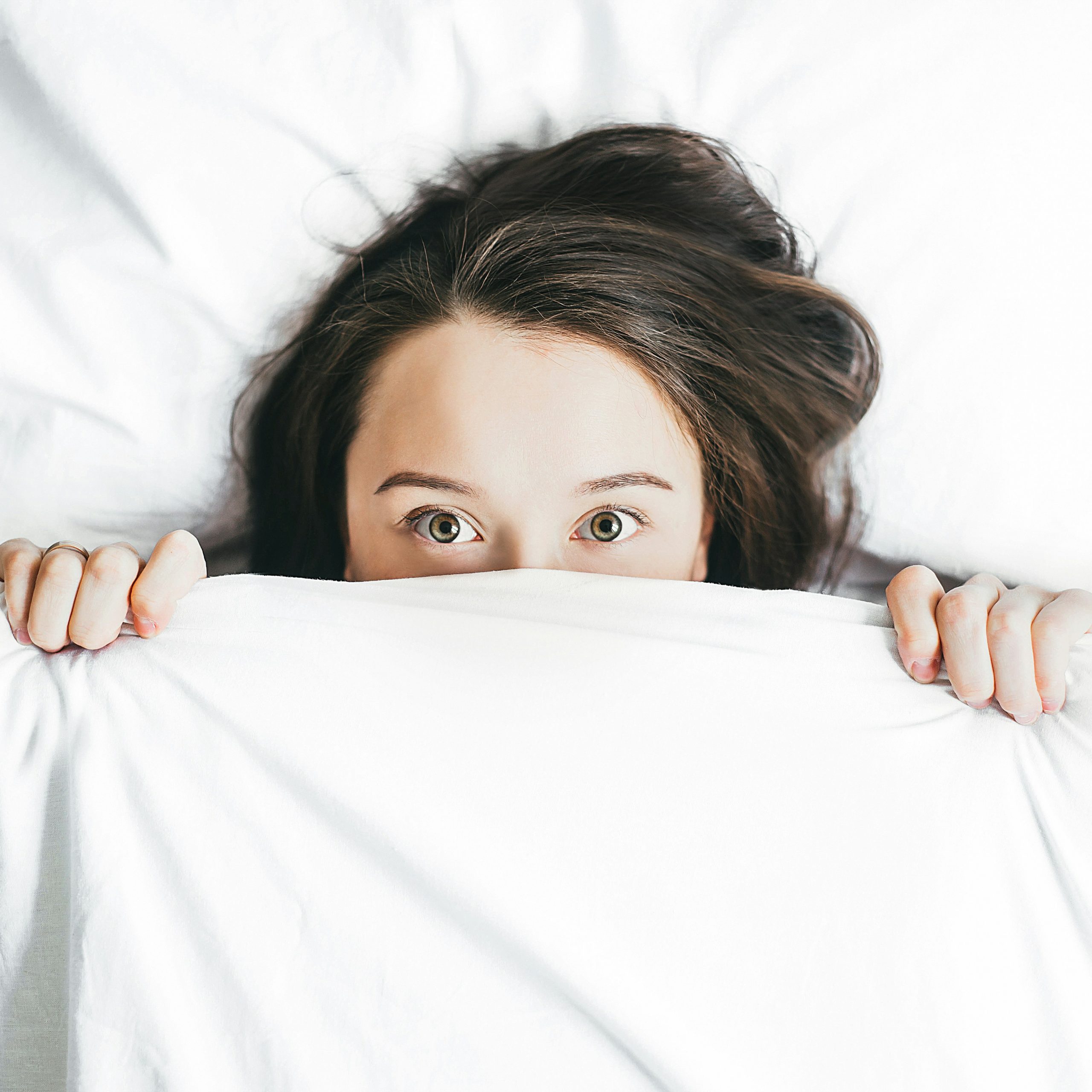Insomnia is a common problem, affecting millions of people, compromising quality of life and health, but technology can perhaps help. In fact, recent innovations are emerging as powerful allies in the fight against this disabling disorder, offering solutions that improve the quality of sleep. Let’s explore them together.
Understanding Insomnia
Insomnia can manifest itself as difficulty falling asleep, staying asleep or waking up early. The causes are many and can range from stress and anxiety to medical conditions. The consequences, however, are always significant: in addition to tiredness and lack of energy, it can lead to mental health problems, such as anxiety and depression, as well as physical complications, such as hypertension and heart diseases. it is therefore clear that it is crucial to understand and treat insomnia to increase overall well-being.
Wearable technology for insomnia: sleep monitoring
Wearable devices, for example smartwatches and fitness trackers, constitute a revolution in the world of sleep monitoring. Such devices use advanced sensors to track sleep cycles and can detect movement, heart rate and other parameters. The data thus collected can then provide a detailed analysis of sleep habits and quality, offering immediate feedback and personalized suggestions. The most obvious benefit is the possibility of detecting problematic patterns and taking corrective measures accordingly.
Mobile technology for insomnia: Sleep apps
Sleep applications are becoming increasingly precise and accessible tools, which are very useful for those who want to improve their rest’s quality. These apps offer tons of features, including guided meditations, white noise, soothing melodies, and sleep tracking tools. Among the apps that have gained the most popularity are Calm, Headspace and Sleep Cycle. They can help you relax properly before bed, follow a regular sleep routine, and better understand your patterns through data analysis.
Advanced technology for insomnia: lights, sounds, sensors.
The latest technological innovations are pushing the boundaries of what can be done to improve sleep. Smart lights are an example of this: they can simulate sunrise and sunset to help regulate the circadian rhythm. Devices that emit white noise are also very useful, because they create an ideal environment for rest. Advanced sensors, for their part, are able to monitor various aspects of the environment, including temperature, humidity and air quality, providing immediate feedback to improve conditions that affect the quality of sleep.
Future prospects and innovations
Sleep technology promises further innovations. Various researches around the world are exploring the use of artificial intelligence to further personalize solutions. Augmented reality and bio-feedback can offer new ways to relax and prepare for sleep. Collaborations between technology companies and healthcare institutions are growing and accelerating these developments, aiming to create increasingly effective and accessible solutions.
However, it is important to remember that technology alone may not be enough: healthy habits are what complement them in achieving the goal of better quality of sleep. We invite readers to experiment with the various options available to find the solution that best suits their needs.


